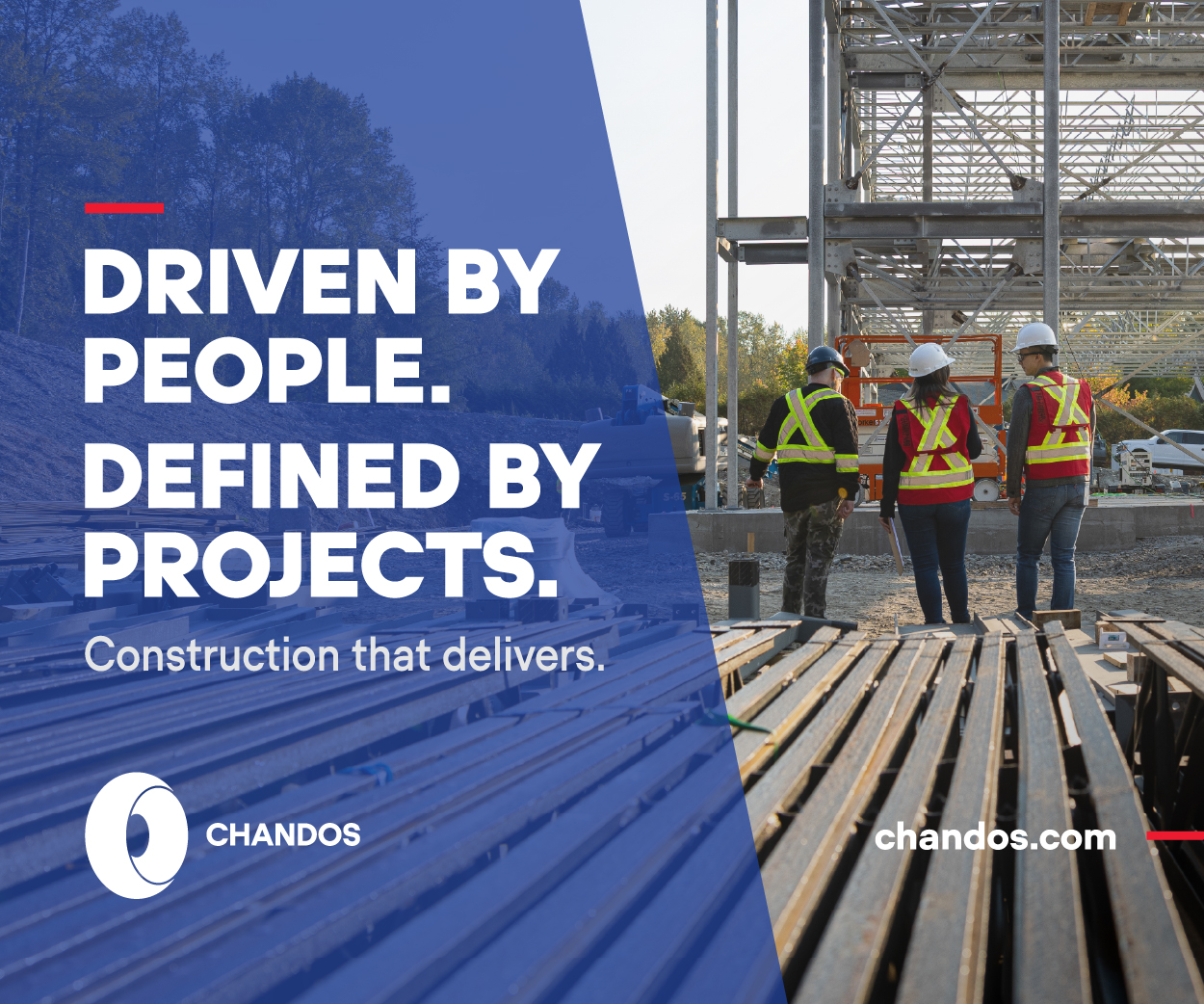By Maged Abdelsayed and Rick Moffat
Steering major capital or infrastructure projects to achieve successful outcomes involves navigating multiple risks. And as one would expect, the larger the scale of a project, the more complex the challenge. Meanwhile, prevailing market conditions and headwinds generate additional uncertainties and impact input costs and supply chains.
Yet, the critical factors that push these projects over budget and beyond schedule are all too predictable and recur across sectors and regions, as CRUX (HKA’s integrated research programme) shows. Uniquely, CRUX is based on expert consultants’ first-hand investigations of claims and disputes on major projects worldwide.
Colossal toll of claims and disputes
HKA’s Fifth Annual CRUX Insight Report, published in 2022, distilled the analysis of over 1,600 multi-year projects in 100 countries. The report examined the patterns of causation in world regions and identified ways to address root causes and mitigate risk. Combined capital expenditures on these projects exceeded US$2.13 trillion, and the toll in lost time and money was colossal. Sums in dispute amounted to more than US$80 billion, while the total of claimed extensions of time would stretch beyond 840 years.
Project outcomes in Canada and the U.S. were slightly better than the global average. Extensions of time sought by contractors typically prolonged planned schedules by 58.6 per cent while disputed costs averaged a third (33.4 per cent of capital expenditures (CapEx) committed when our investigations concluded.
We have now updated our analysis with intelligence from HKA assignments undertaken since the report’s July 2022 cut-off. Also, we drilled deeper into the CRUX data for North America to cover nearly 500 projects—91 in Canada and 405 in the U.S.
To align more closely with the focus of ReNew Canada, we concentrated on transportation infrastructure, power and utilities, and buildings—excluding mining and oil and gas projects from our dataset. This meant only a modest reduction in scope, leaving 81 Canadian and 401 U.S. projects.
Cross-border divergence
A high-level finding favourable to Canada is an apparent performance gap in project outcomes. Both CRUX headline metrics—for average costs and extensions of time claimed per project—were lower in Canada than in the U.S.
In terms of schedules, the additional time sought by contractors averaged 60.8 per cent of planned programmes in the U.S., against Canada’s 51 per cent. For costs, the gap was wider at 34.7 per cent of U.S. CapEx versus 21.6 per cent in Canada.
This apparent gap may be surprising given that cost and schedule control practices are similar in both countries. Other important considerations are the mix of projects in each jurisdiction and their scale. Average project CapEx in Canada was higher, at US$876 million, compared with US$564 million south of the border. Also, the U.S. construction environment is traditionally more contractor-driven, and in general, Canada may be considered less litigious.
More significant than the foregoing is the commonality of underlying causes that drives disputes and claims (see Table A). Change in scope tops the ranking in both countries, as it does in other world regions, and the prevalence of design-centric problems is notable. In Canada and the US, design errors, incompleteness, and lateness are all ‘top 10’ causes of claims or disputes.

Deficiencies of design
The CRUX data aligns with HKA Canada’s experience. Many on our team have investigated or testified on overruns blamed on design shortcomings. Meanwhile, we have observed professional indemnity claims being filed against insurers of design professionals for allegedly deficient designs.
A deeper analysis shows what proportion of projects associated with each of the three design-related issues was afflicted by claims or disputes (see Table B):
- Incorrect design affected close to one in three (30.9 per cent)
- Incomplete design almost one in four (24.7 per cent)
- Late issue of design information one in five (22.2 per cent)
These failings will be compounded on many projects, but the ramifications go wider still. Change in scope—the most common and universal culprit for claims or disputes—is often a by-product of design concerns. We see few cases where a project owner unilaterally changes the design or widens a project’s scope in a material way. More often, it is the discovery of design defects and dilemmas as projects evolve that necessitates significant change. Projects go to tender with an incomplete design, and disputes arise during design development as the scope grows.
Sector-by-sector analysis
Our sectoral analysis offers further insight into the pattern of design failings in both countries (although sample sizes are proportionately smaller):
Buildings: Error was the prime design-related challenge in Canada, affecting almost one in four projects (24.1 per cent) Late design caused conflict in 10.3 per cent, and incomplete design just 3.4 per cent. In the U.S., design errors occurred slightly less often, but late and incomplete design were more common.
Transportation infrastructure: Incomplete design impacted almost half of the Canadian projects (46.4 per cent), closely followed by incorrect design (39.3 per cent) and lateness (32.1 per cent), all exceeding their US equivalents by at least 10 percentage points.
Power and utilities: Each design-centric problem drove disputes and claims on almost one in three Canadian projects (29.4 per cent)—more than double the impact those issues had on US contracts.
Clearly, greater attention needs to be given to design strategy. Owners should consider whether to invest more in design upfront. On lump sum contracts, it may be a false economy to tender for design services and appoint the lowest bidder on a fixed budget. Spending more in the design phase, if an option, can help to avoid otherwise inevitable conflicts on-site.
One fortunate byproduct of the pandemic was that some owners used the hiatus to conduct constructability reviews of their design prior to tendering the project. In the case of one major project in which HKA was involved, this exercise handsomely repaid its cost by identifying coordination issues, leading the owner to resolve them prior to the issuance of the drawings and thereby avoiding cost increases during construction.
CRUX data confirms that these design shortcomings are a significant problem across sectors in Canada, even more so than in the U.S.
Unforeseen physical conditions
As well as changes in scope, difficulties with design can stem at least partly from root causes that underlie other conflicts. Undue haste to break ground—whether due to commercial pressures or political imperatives, as in the case of high-profile transportation projects—increases the risk of encountering unforeseen physical conditions.
Last year’s CRUX Insight Report flagged this concern and a tendency to allow insufficient time for thorough ground investigations and due diligence in Canada, which has a historically high number of large infrastructure projects underway.
Works in urban areas must navigate buried utility services, which are often poorly mapped or even unrecorded. Projects in remote areas—such as pipelines and transmission lines—penetrate mountainous areas or other terrains where geological data is scant.
This causal factor peaked in the power and utilities sector, triggering claims and disputes on 52.9 per cent of Canadian projects. Almost a quarter of buildings (24.1 per cent)—exceeding transportation projects (21.4 per cent)—had claims and disputes arising from unforeseen physical conditions.
Workmanship deficiencies
In 2022, CRUX also detailed the prominence of claims over workmanship deficiencies in the Americas (and Europe). Our sectoral analysis indicates defects are more common on building projects than on civil engineering projects. This is true for both the U.S. and Canada, but a slightly higher proportion of our buildings (27.6 per cent) and power and utilities projects (17.6 per cent), are affected. New transportation infrastructure is more negatively impacted in the US (22.7 per cent) than in Canada (14.3 per cent) by workmanship deficiencies.
Project labour agreements, phase planning in collaboration with specialist trades, and increased investment in skills training can pre-empt some of these problems. One in 10 Canadian building projects had claims or disputes attributed to skills shortages and/or unskilled workers (10.3 vs. 7.7 per cent in the U.S.).

Differentiating factors
Several causation factors are unique to Canada’s top 10 ranking.
Late or restricted access to the site or workplace contributed to more than twice as many claims and disputes in Canada as in the US (29.6 vs. 13.3 per cent). Power and utilities projects (41.2 per cent) faced the worst disruption, followed by transportation infrastructure (32.1 per cent) and buildings (17.2 per cent).
Delays in securing environmental permits and land possessions are among the likely causes of claims or disputes, as the data does not show any spike associated with the pandemic.
Two other differentiating factors— ‘cultural or personality clashes’ and ‘bias or failure to cooperate’—arose on more projects than expected (16.0 and 18.5 per cent respectively). Our country’s construction and engineering market is open, and public-private partnership (P3) projects have attracted many contractors and investors from overseas. HKA has been helpful in assisting those contractors in understanding and adapting to the project requirements that are unique to Canada. In one instance, a contractor well versed in constructing plants in Europe recently sought advice on procuring locally experienced contractors for its project. Such foresight reflects a positive trend toward earlier risk mitigation on large infrastructure projects.
Risk mitigation
Although focus on project disputes has most often occurred historically at project completion, more contractors and contracting authorities are seeking expert support earlier in the project life cycle. Settling claims during a project not only avoids protracted litigation afterward but also defuses tensions before they escalate, avoiding souring relations and potentially spawning additional delays and disputes.
A further step—advancing risk identification to the pre-construction phase—would be even better for the industry and all stakeholders. It would enable action to pre-empt or mitigate problems—from corner cutting in design to cursory site investigation. Moreover, identifying risks prior to the start of construction would be conducive to a culture that fosters market engagement, early contractor involvement, and collaborative procurement and partnering.
The CRUX data has helped HKA identify these issues as they uniquely apply to the Canadian construction market. Canada’s infrastructure market continues to be robust, and addressing these issues proactively helps reduce the risks they pose to the projects. Our common goal must be to achieve more successful project outcomes across Canada and reduce the toll of lost money and time.
Maged Abdelsayed is Parnter, Joint Construction, Claims and Expert Services Lead, Canada with HKA Global, Ltd.
Rick Moffat is Partner, Head of Operations, Canada with HKA Global, Ltd.
[This article originally appeared in the September/October 2023 edition of ReNew Canada]
Featured image: (Getty Images)












